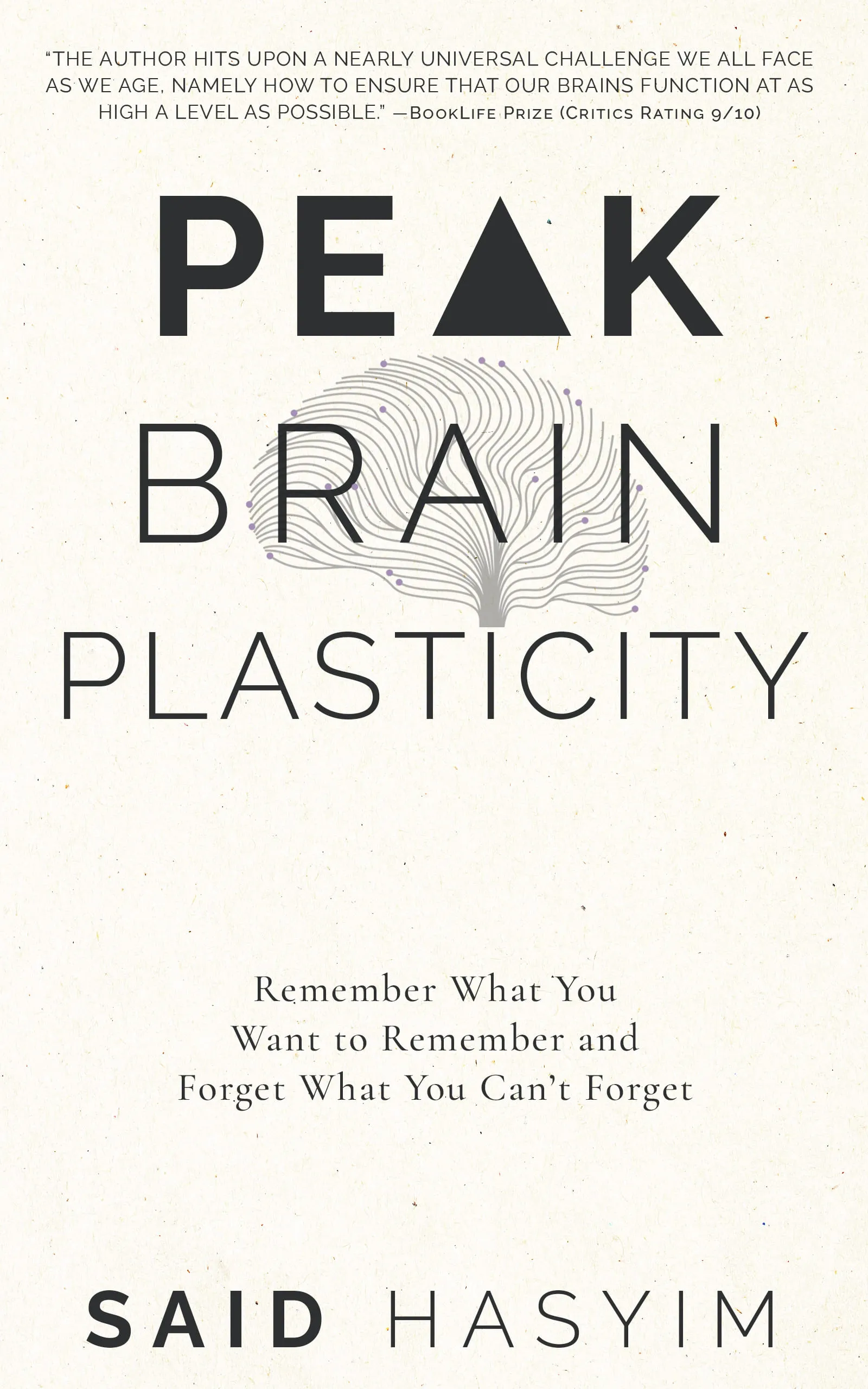The Role of Environment in Memory Retention
Memory retention is a fascinating and complex cognitive process that has intrigued scientists, educators, and students alike for centuries. Understanding how we remember information and experiences is vital for improving learning strategies, developing effective study techniques, and even enhancing everyday life. One often undervalued factor in memory retention is the environment in which learning occurs. In this blog post, we will explore how different environmental factors influence memory retention, drawing on research from psychology, neuroscience, and educational theory.
The Environmental Context of Memory
The Context-Dependent Memory Effect
One of the foundational concepts in memory research is context-dependent memory, which suggests that the environment in which information is learned can significantly impact recall. This phenomenon was extensively studied by psychologists such as Godden and Baddeley in the 1970s. Their experiments with scuba divers demonstrated that those who learned material underwater recalled it better when tested in the same underwater environment compared to when they were tested on land. Conversely, those who learned the information on land performed better in the land testing context.
These findings point to the idea that environmental cues serve as triggers or prompts for memory retrieval. Our brains are wired to associate specific information with the context in which it was learned, making it essential to consider the setting when planning learning activities or studying.
Environmental Factors that Influence Memory
Physical Space
The physical space where learning occurs can significantly affect memory retention. Factors such as lighting, noise levels, and layout can all play a role. For instance, a cluttered or chaotic environment can lead to distractions that compromise attention and focus, making it more challenging to encode new information effectively. In contrast, a well-organized, quiet, and calm space may enhance concentration and promote better memory formation.
Familiarity and Novelty
Familiar environments tend to provide a sense of comfort and security, allowing individuals to focus more on the task at hand. However, in some cases, a certain degree of novelty can enhance memory retention. New experiences and unfamiliar settings can create stronger encoding due to the increased levels of arousal and attention they evoke. The right balance of novelty and familiarity can stimulate memory retention effectively.
Social Environment
The presence of others can also greatly influence memory retention. Studies indicate that collaborative learning environments, where individuals work together and engage in discussions, often lead to better retention outcomes. Social interactions can aid memory through shared experiences, explanations, and varying perspectives, which help reinforce and enrich the information learned.
Emotional Atmosphere
The emotional environment can significantly impact memory retention. Emotions play a critical role in memory encoding and retrieval, and emotions associated with a specific environment can influence the quality of memory recall. For example, a positive and supportive atmosphere may foster better memory retention than a negative or stressful one. Learning in an environment that evokes curiosity and excitement can create emotional connections, enhancing the chances of retaining information.
Multisensory Environments
Engaging multiple senses in a learning environment can lead to improved memory retention. Multisensory learning experiences—such as incorporating visual aids, auditory materials, and hands-on activities—are known to create richer and more robust memory traces. Research shows that our brains encode information more effectively when it is presented in various modalities, allowing for broader pathways for retrieval.
Practical Implications for Students and Educators
Understanding the role of environment in memory retention opens up new avenues for enhancing learning experiences. Here are some practical tips for students and educators to harness environmental factors effectively:
Optimize Study Spaces: Create an organized and distraction-free study area. Consider elements like comfortable seating, appropriate lighting, and minimal noise to foster concentration.
** Incorporate Variety:** Introduce novelty in study routines by changing locations or modalities of learning. This can mean studying in different environments (libraries, cafes) or employing a mix of learning resources (videos, podcasts, texts).
Utilize Collaborative Learning: Engage in group study sessions or discussions to reinforce memory through social interactions and shared experiences. Teaching others what you’ve learned can also be an effective strategy.
Establish Positive Emotional Contexts: Aim to create a positive and motivating atmosphere during studying or teaching. Incorporating fun, exciting elements (games, quizzes) into the learning process can significantly improve retention.
Create Multisensory Experiences: Make learning as engaging as possible by incorporating various sensory elements. Use visual aids (charts, drawings), auditory materials (music, speech), and interactive components (experiments, role-play).
Conclusion
The environment plays a critical role in memory retention, influencing how we learn, retain, and recall information. From the physical space and emotional atmosphere to social dynamics and multisensory experiences, each aspect can enhance or hinder memory processes. By recognizing and harnessing the importance of environmental factors, students and educators can create and optimize learning environments that facilitate better retention and understanding of information. As we continue to explore the intricate relationship between memory and environment, we pave the way for more effective learning strategies that align with how our brains naturally function.
By understanding and applying these insights, we can foster environments that not only enhance memory retention but also enrich the overall learning experience. Let's create spaces that inspire learning and retain our valuable experiences for a lifetime.
Harness the Power of Neuroplasticity
Discover Peak Brain Plasticity, a practical book to harnessing neuroplasticity. Enhance your memory, learn new languages quickly, and alleviate anxiety with effective study methods. Uncover daily habits that impact cognitive health and explore techniques for accelerated learning and memory retention. Unlock your brain's potential for growth and transformation.
